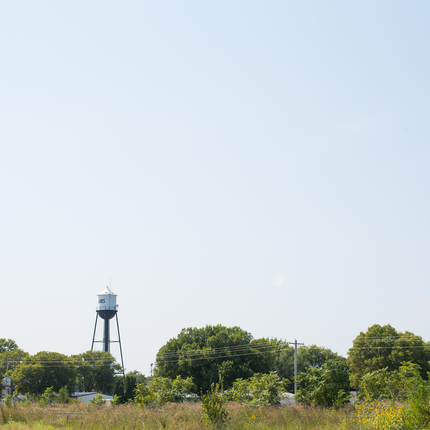Para la versión en español de esta historia, por favor oprima aqui.
We are nine months into the COVID-19 pandemic, and cases in rural America are increasing at a rapid rate. The impacts vary greatly across rural states, yet per-capita infections are most extreme in communities occupied by meatpacking plants, predominantly in the Midwest, low-income African American communities in the Southeast, and Native Americans.
Rural racial health inequities rose to the top quickly as the pandemic came to a head. Many rural communities need COVID-19 information shared widely in additional languages. On top of details about the spread of COVID-19 and safe practices, community members require continued guidance on the effectiveness of masks, as well as navigating work, school, and community at a safe social distance.
In addition to limited English speakers being at risk, Native Nations across our state are facing dire conditions as a result of COVID-19. Our nation’s first peoples are particularly susceptible to this pandemic due to issues of nutritional access, resource distribution, and education. Health conditions associated with vulnerability to COVID-19 include diabetes, chronic obstructive pulmonary disease (COPD), and obesity.
Where one lives or their ethnic background should not dictate access to good health care and a high quality standard of living. How we respond to challenges and opportunities today will dictate the future of growth in both rural and urban spaces across the country.
If we are serious about supporting rural communities, people, and families during COVID-19, providing support for our most vulnerable populations is our starting point. We need to identify the barriers currently in place to accessing COVID-19 testing, treatment, and vaccination, and address them now.





